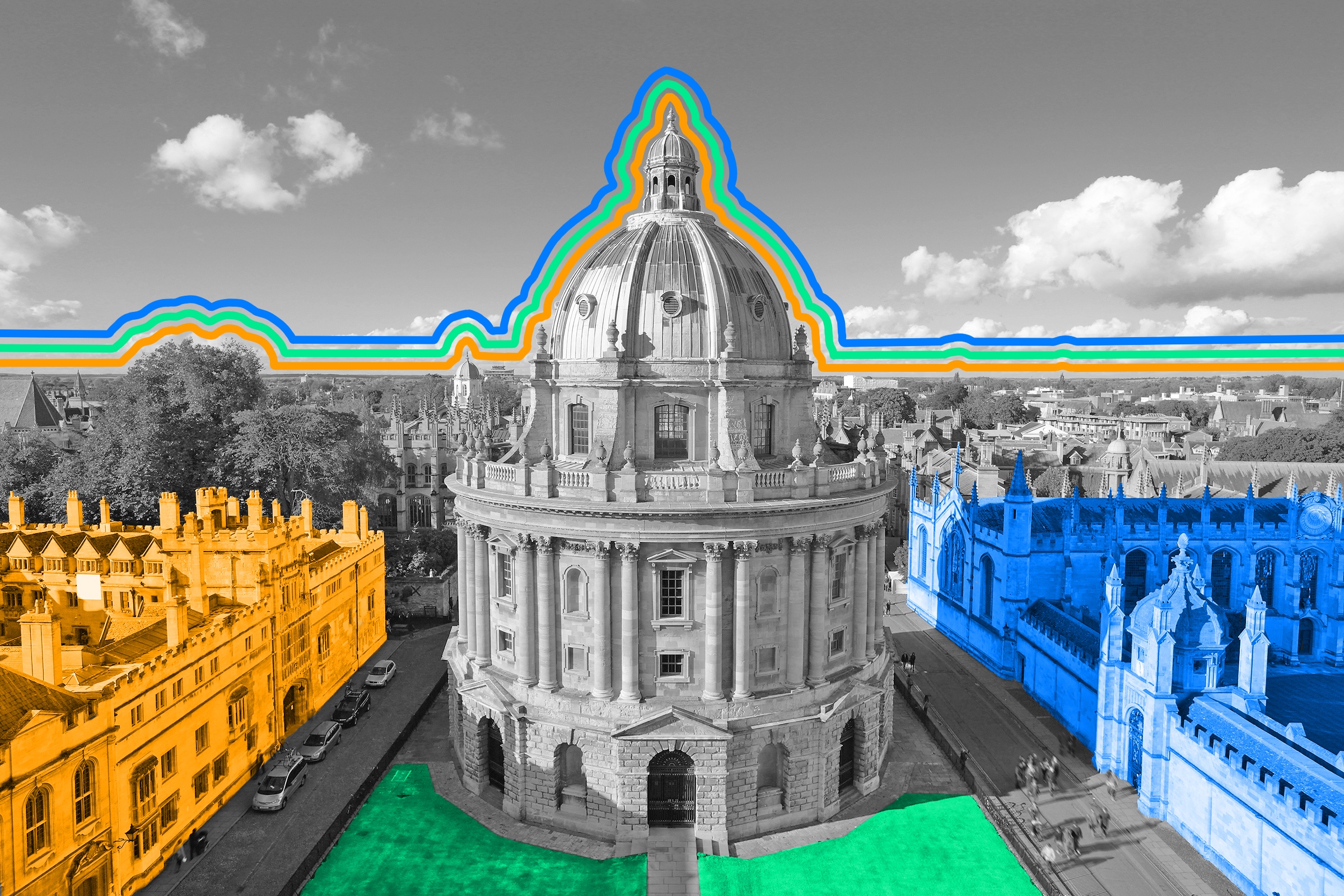
Oxford University is older than the Inca empire.
While you might associate the development of modern universities with intellectual movements like the Renaissance or the Enlightenment, the first universities predate those major periods in history — not by years but by centuries. One of the oldest universities in the world is Oxford University, where teaching began back in 1096. That’s much older than Harvard (established in 1636) or Yale (1701), and it’s even older than some well-known Indigenous civilizations in the Americas, including the Incas, who lived in the Andean region of South America from around the 13th century CE to the mid-16th century. (Other groups and empires have occupied the Andes since at least 10,000 BCE.)
The first universities were not like the sprawling campuses of today. Instead, they were more like guilds devoted to certain subjects or crafts. Slowly, the influence of these schools grew throughout the High Middle Ages (1000 to 1300 CE), and many of them became hot spots during future intellectual movements. Meanwhile, as Europe was busy cementing the importance of its universities (and fighting in half-a-dozen Crusades), the Incas were building sprawling road networks and reliable postal systems — they even had highly skilled brain surgeons.
Although the Incas had no known written language, they weren’t without a means of recording important information. Quipu were Andean textiles that used a system of colored string and knots to record data. These textiles were both recorded and read by officials known as quipucamayocs. Evidence suggests that quipu were first developed by the Wari civilization, who lived in Peru between about 450 and 1000 CE. Scholars believe the Incas used quipu both to record hard data — such as census figures, inventory, and other administrative information — and as a way to encode Incan myths and histories. Because of the Andes’ arid climate, the quipu were well preserved for centuries. Today, hundreds of quipu are displayed in museums around the world, with the biggest collection now residing at the Ethnological Museum of Berlin in Germany.

